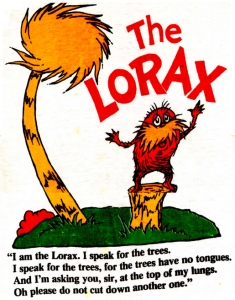1199-1243
1) Polynesians in America
Before the great Western voyages of exploration, there was the Austronesian expansion, settling new lands all the way from Madagascar to Polynesia. And Polynesian sailors probably got even further east than Polynesia. Scholars have long been aware of archaeological evidence for contact between Polynesia and America. For example, the Chumash Indians who lived around the Channel Islands in Southern California built distinctive sewn-plank canoes unlike anything in the rest of Pacific North America, but very much like Polynesian vessels. And it’s hard to explain how sweet potatoes could have gotten from the New World to the Pacific islands without human contact – floating in salt water isn’t very likely. A recent scholarly review of a wide range of evidence for contact – linguistic, technological, biological – is here.
Ultimately DNA may provide definitive answers. A report from several years ago that some New World chickens are genetically close to Polynesian chickens now seems questionable. On the other hand, there’s also a recent report indicating American Indian ancestry among Easter Islanders predating Columbus.
2) The Statues That Walked.
Easter Island was settled around 1200, based on the most recent carbon-14 dates. There are two very different accounts of the subsequent history of the island. Jared Diamond offers a cautionary tale of ecological overshoot and collapse. After the initial settlement, the island’s population boomed. Without Dr. Seuss’s Lorax to advise them, the islanders cut down all their palm trees.
With no more wood for sledges or rollers, the famous moai statues could no longer be moved from their quarries. And with no more wood for boats, fishing and inter-island trade became impossible. The loss of forests also led to soil erosion. A famine-stricken population rebelled against the hierarchical social order, and wound up resorting to cannibalism in the midst of a population crash. “Easter’s isolation makes it the clearest example of a society that destroyed itself by overexploiting its own resources.”
But Terry Hunt and Carl Lipo, anthropologists who have worked on the island, differ on almost every part of this account. They suggest that the deforestation of the island resulted from the introduction of rats, accompanying the first colonists. Rats, with no natural enemies to limit them, ate tree seeds. This wouldn’t have had noticeable effects at first, but eventually led to the forests not replacing themselves. Hunt and Lipo also dispute the claim that pre-contact Easter Island experienced a population crash; they argue that the crash came later, with European contact and the introduction of diseases to which the population had no resistance. They also see little evidence of over-exploitation of the environment. Locals were doing the best they could to make a living under marginal conditions. And as to how the moais got from one place to another, well … the islanders said they walked.

